Best Timing for Woodpecker Removals
Understanding the optimal timing for Woodpecker Removals can enhance effectiveness and reduce recurrence. The timing depends on bird activity patterns, breeding seasons, and local environmental conditions. Typically, late winter to early spring is considered ideal, as woodpeckers are less territorial and less likely to be nesting.
Woodpecker activity peaks during breeding seasons in spring and early summer, making removal more challenging during these times.
Nesting occurs primarily in spring; removing woodpeckers outside this period minimizes disturbance and increases success.
Weather conditions influence bird activity; milder temperatures in spring and fall often see increased movement.
Migration periods in fall and spring can lead to increased woodpecker presence, affecting timing for removals.
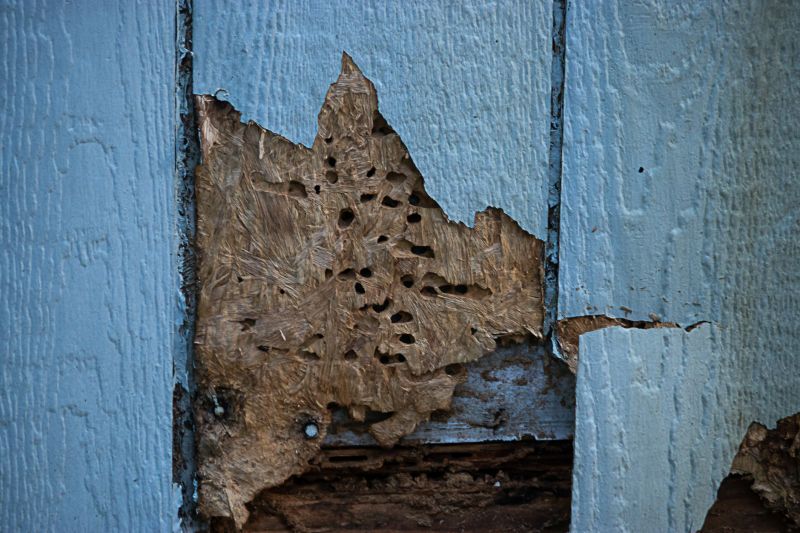
Images showing damage caused by woodpeckers on siding and wood structures.
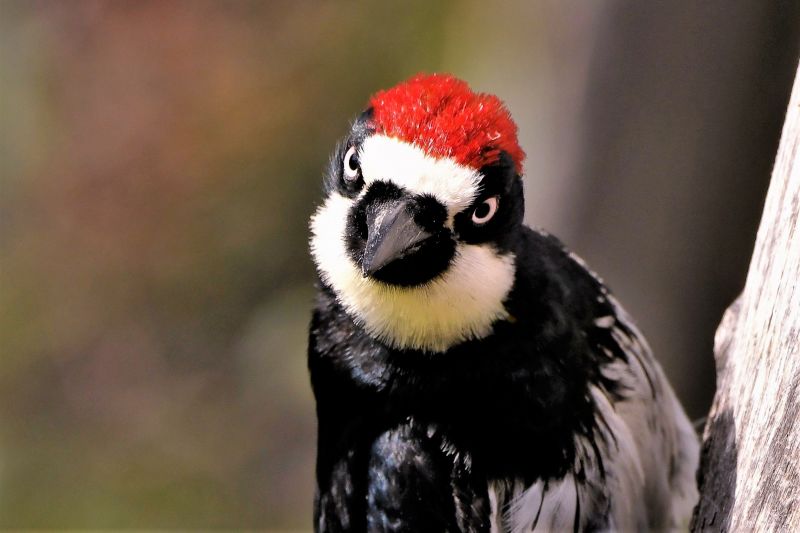
Photos of active woodpecker nests on trees and buildings.
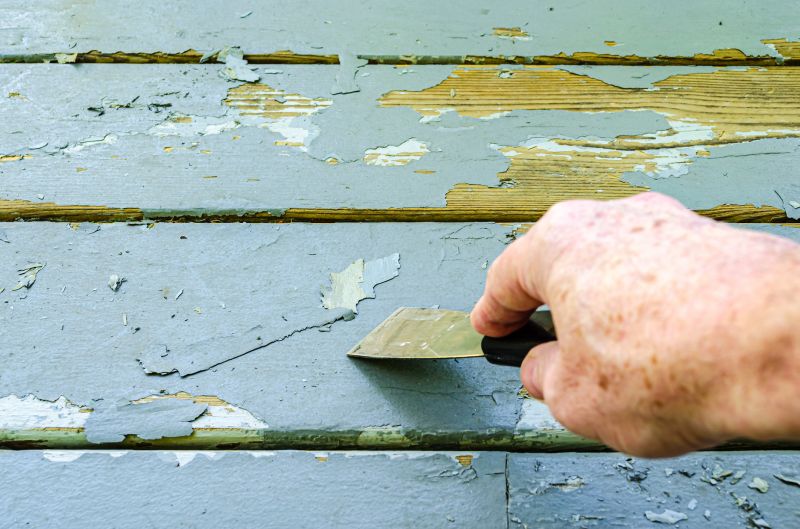
Tools and equipment used for effective woodpecker removal.
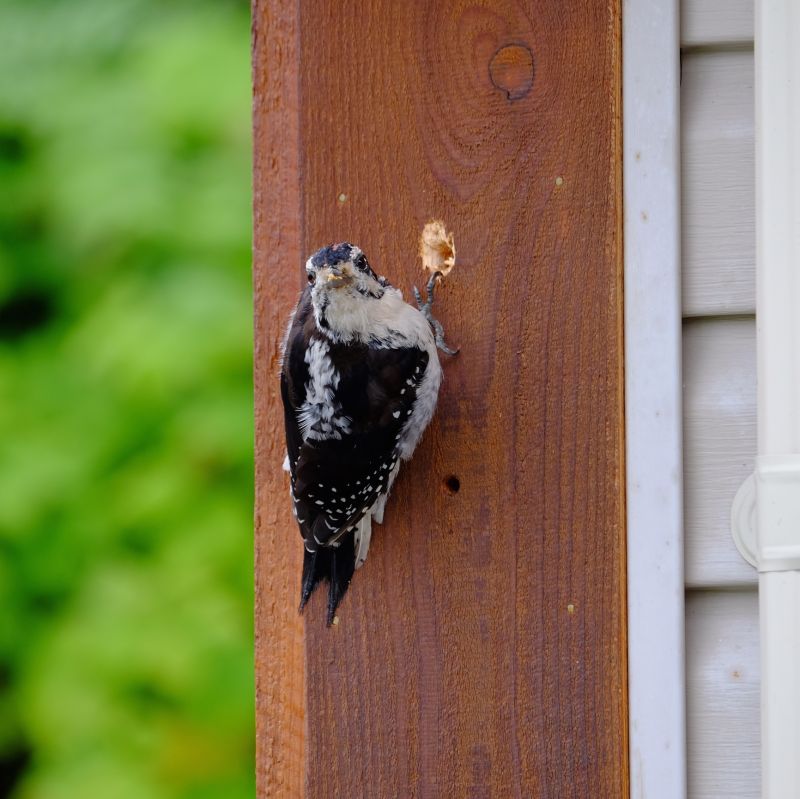
Ways to make Woodpecker Removals work in tight or awkward layouts.
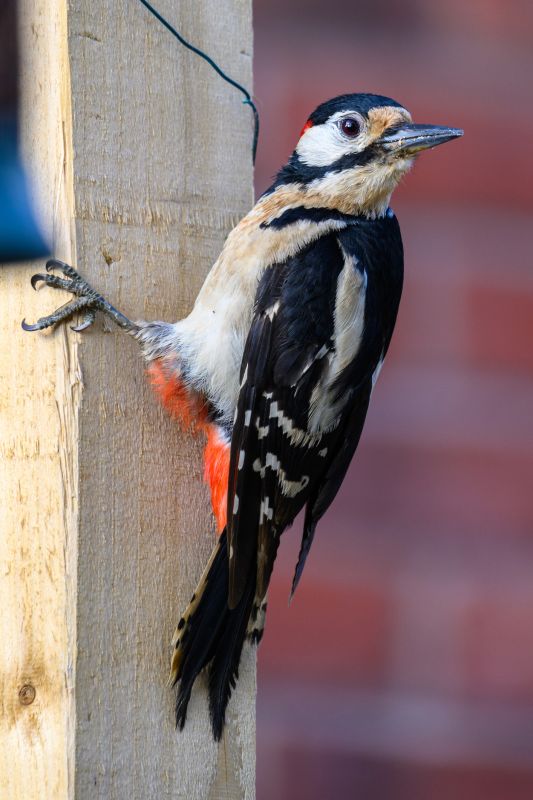
Popular materials for Woodpecker Removals and why they hold up over time.
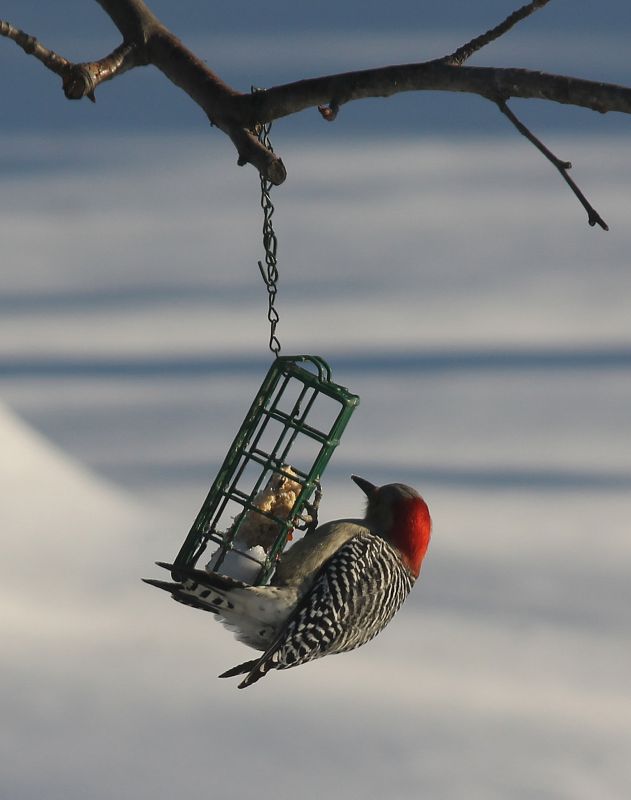
Simple add-ons that improve Woodpecker Removals without blowing the budget.
| Timing Aspect | Details |
|---|---|
| Spring | Peak breeding season; removals are more challenging but effective outside nesting periods. |
| Fall | Increased migration activity; suitable for non-intrusive removal methods. |
| Winter | Less bird activity; ideal for non-disruptive removals and deterrent installations. |
| Summer | Nesting in progress; removals may disturb breeding birds. |
| Late Autumn | Birds migrate away; less activity on structures. |
Woodpecker removals involve assessing the extent of damage, identifying active nests, and implementing deterrents or removal techniques. Professional services often use sound deterrents, visual barriers, and habitat modification to prevent future issues. Proper timing ensures minimal disruption to bird activity and maximizes removal success.

Detailed images of woodpecker damage on wood surfaces.
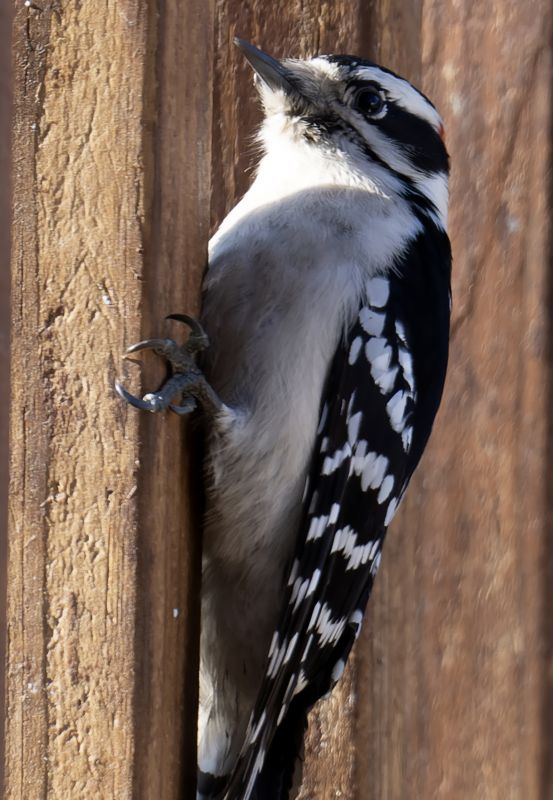
Visual and sound deterrents used in removal strategies.
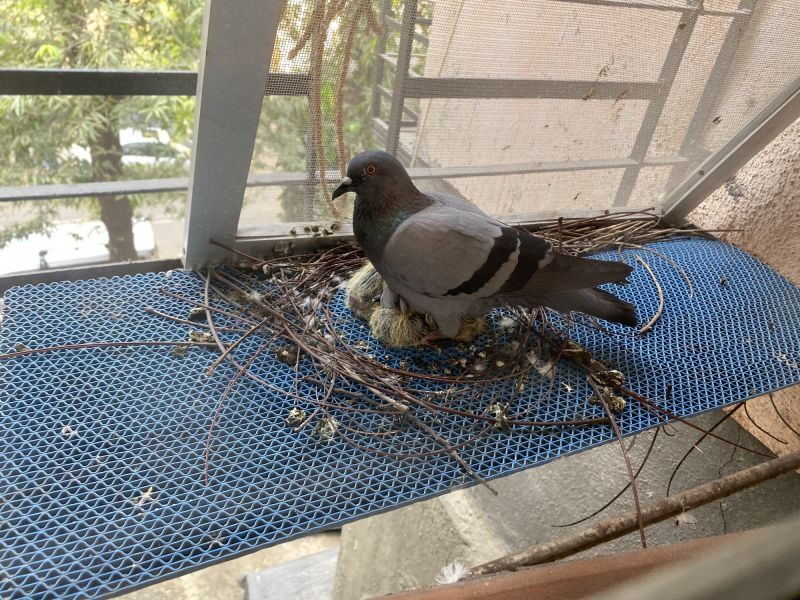
Photos of woodpecker nests on trees and buildings.
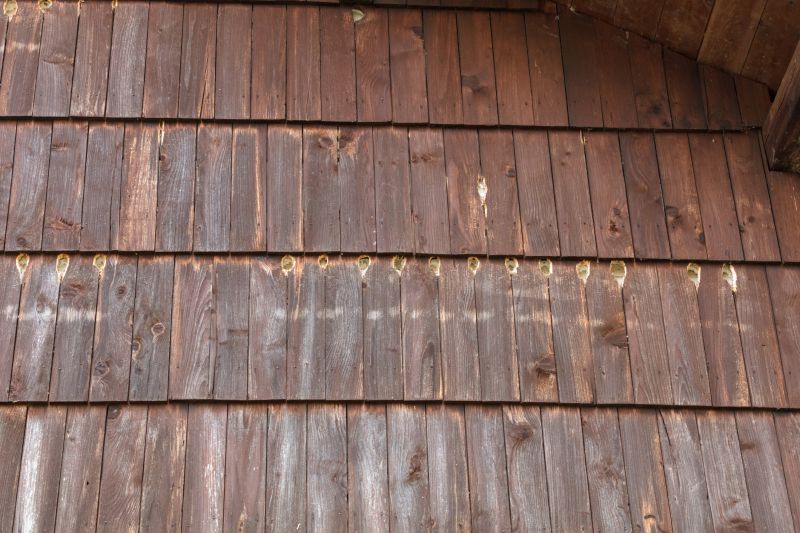
Repairs made after woodpecker damage.

High-end options that actually feel worth it for Woodpecker Removals.
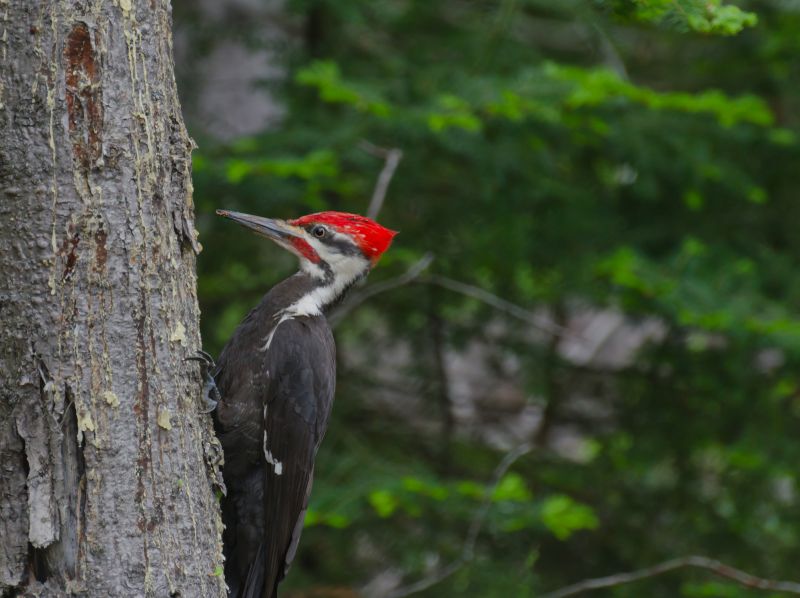
Finishes and colors that play nicely with Woodpecker Removals.
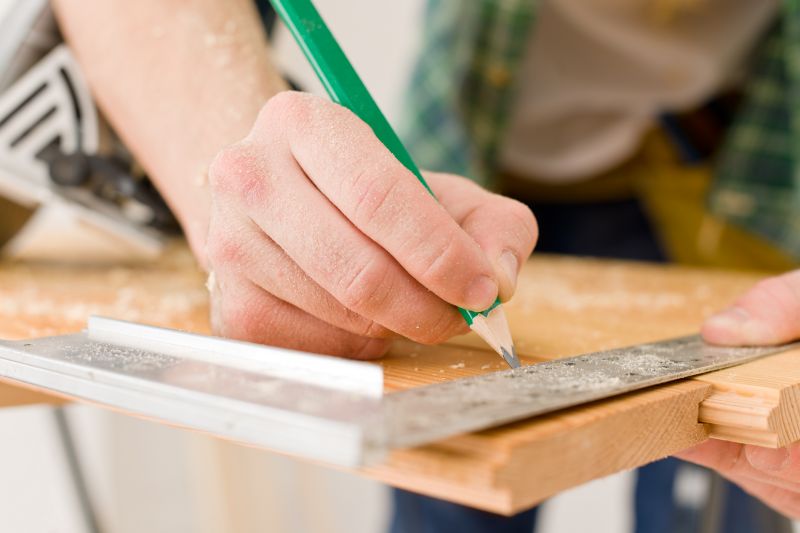
Little measurements that prevent headaches on Woodpecker Removals day.

A 60-second routine that keeps Woodpecker Removals looking new.
Choosing the right time for woodpecker removal can prevent extensive damage and reduce bird disturbance. Early intervention during less active periods is often most effective, and professional guidance ensures humane and compliant practices.
Interested in addressing woodpecker issues? Filling out the contact form can connect property owners with experienced removal specialists to evaluate and implement effective strategies tailored to specific needs.
